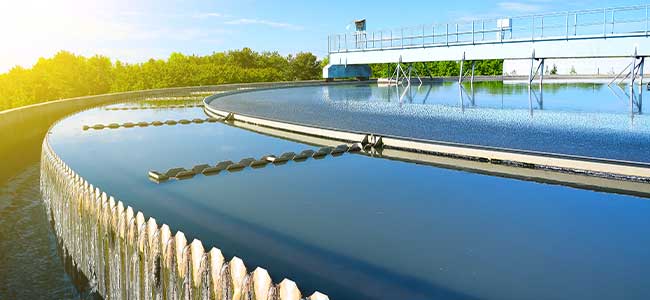
EPA Report Highlights Need for $630 Billion in Wastewater Infrastructure Investments
The survey aims to guide policymakers and local officials in planning and prioritizing investment in water infrastructure.
- By Robert Yaniz, Jr.
- May 17, 2024
The U.S. Environmental Protection Agency (EPA) has released a new report detailing investments to modernize and maintain wastewater and stormwater infrastructure nationwide. According to the Clean Watersheds Needs Survey, the U.S. will need at least $630 billion over the next 20 years to safeguard water quality and ensure compliance with the Clean Water Act.
“Protecting our nation's waterways is vital for healthy communities. They provide sources of drinking water, support farming, power economic opportunity and transport, and allow for recreation and fishing,” Acting Assistant Administrator for Water Bruno Pigott said in a statement. “This survey is an important estimate of needs that is based on information collected from the communities themselves. President Biden has secured the largest investments in history for water infrastructure, putting America in a strong position to help local systems protect our nation’s water quality.”
The survey, the first since 2012, compiled data from states and U.S. territories to identify future capital costs for publicly owned treatment works, stormwater infrastructure, nonpoint source control and decentralized wastewater systems like septic tanks. The findings highlight the extensive financial requirements to ensure the nation's waters remain fishable and swimmable.
Now in its 17th edition since the Clean Water Act's inception, the survey—which aims to guide policymakers and officials on investment—includes technical data from 17,544 publicly owned treatment works serving 270.4 million Americans or 82 percent of the population, as of January 2022. More information on the Clean Watersheds Needs Survey is on the EPA website.
About the Author
Robert Yaniz, Jr. is the Content Editor for Environmental Protection.